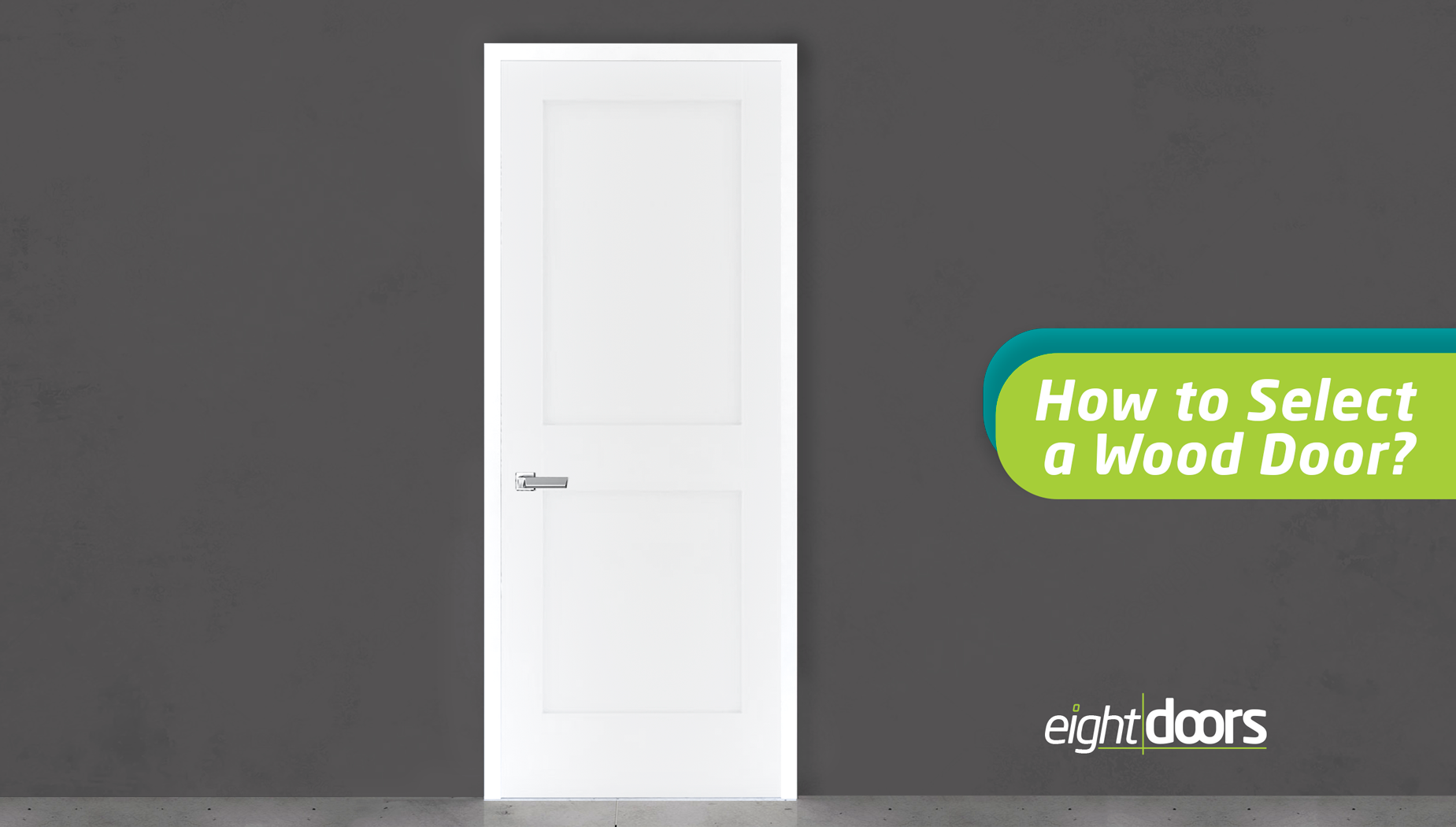Comparing Wood Doors: Solid Wood, Solid Core and Hollow Core
A door is just a door…or is it? Whereas from the outside, all doors may look alike, there are actually many variables to consider when selecting a wood door. When considering purchasing a door, you will come across many terms you may not be familiar with. In this article, we will translate “door-ese” into a language you can understand.
Wood doors typically are available in three options: solid wood, solid core and hollow core.The biggest difference between these three types of doors is what type of core they have. The core is what makes the biggest difference in terms of soundproofing, insulation, strength, longevity and cost. From a distance, all three types of doors look like they are made of solid wood, but often they are cleverly engineered imitations. Being informed of their differences will help you make the best choice for you and your home.
Solid Wood
As the name implies, this wooden door is made of 100% natural wood (save for the hardware of course). These doors are not necessarily made of one single piece of wood, as trees that large are hard to come by these days.Rather, solid wood doors are unified using frame and panel construction, where smaller slabs of wood are glued or joined together. They maintain the look and feel of one solid piece of wood, especially when painted.
Solid wood doors can be made of softwoods like pine, or hardwoods like oak, and are extremely customizable due to their ability to be shaped and contoured.
Solid wood doors tend to be used as external doors because of their strength and security, but also have all of the qualities of an excellent internal door.
Pros
- Robust in nature, solid wood doors will withstand the tests of time and maintain their quality all the while.
- Because these doors are completely solid, they provide excellent acoustic and thermal insulation.
- The longevity of these doors increases the value of your home, maintaining future resale value.
- Solid wood doors are strong and secure, making them a great option for use as external doors.
Cons
- The strength of these doors is also what makes them extremely heavy. Installing them will take teamwork!
- Over time, fluctuations in humidity can cause the door to swell and shrink.
Solid Core
Solid core doors are cleverly designed to look feel like a solid wood door, but are actually made of engineered or composite wood (HDF or particle board) with a veneer of high quality wood glued to the outside. They look just like a solid wood door and when made out of engineered wood, are as robust as a solid wood door. The engineered wood is made of real wood that is carefully joined together to create one unified piece of wood. Because just the outer veneer can be made of higher quality wood than the inside wood, you can get a door that looks great and is durable but isn’t as heavy as a 100% hardwood door.
The interior wood can be treated with a flame retardant, making it an optimal and safe option for interior or exterior use.
Pros
- This type of door is more resistant to humidity related damages than the solid wood door is.
- These doors are often made of high density engineered wood, making them extremely durable.
- They are not entirely hollow, so these wood doors provide both heat and sound insulation.
Cons
- Because the exterior is only a veneer, style options can be more limited.
- These robust doors are heavy which requires more coordination to install.
Hollow Core
Like a solid core door, hollow core doors are also made out of a thin veneer that doesn’t always match the inside content. Hollow core doors are filled with paper or plastic formed into a honeycomb pattern for added structural integrity. The veneer can be made out of composite wood, like particle board, which is a low density product made of engineered wood. This is often the only part of the door that is made of wood.
Hollow core doors are a common choice for interior doors due to their low cost. This can be a highly influential factor when considering outfitting a three bedroom home with new doors. Whereas their lightweight design makes for an easy installation, it also disqualifies them from being a secure exterior door.
Pros
- Because they are not made entirely out of wood, hollow core doors are relatively stable in environments with changing humidity levels.
- When considering the quantity of internal passage doors of an average house, this type of door can save you a lot of money.
- They are lightweight, easy to transport, fit and install
Cons
- They offer little in the way of fire resistance, providing less security than a solid core or solid wood door.
- They do not provide a lot of acoustic or thermal insulation.
- They are not made of highly durable materials, which dramatically decreases their longevity and function.
Which Door is Right For Me?
Visually, the core of the door doesn’t make much difference to the aesthetics of your home. It does make a difference to the quality of the product and what it can provide for you. When comparing solid core, solid wood and hollow core doors, consider how their cost, longevity, safety and insulation may meet the needs of your family over time.



